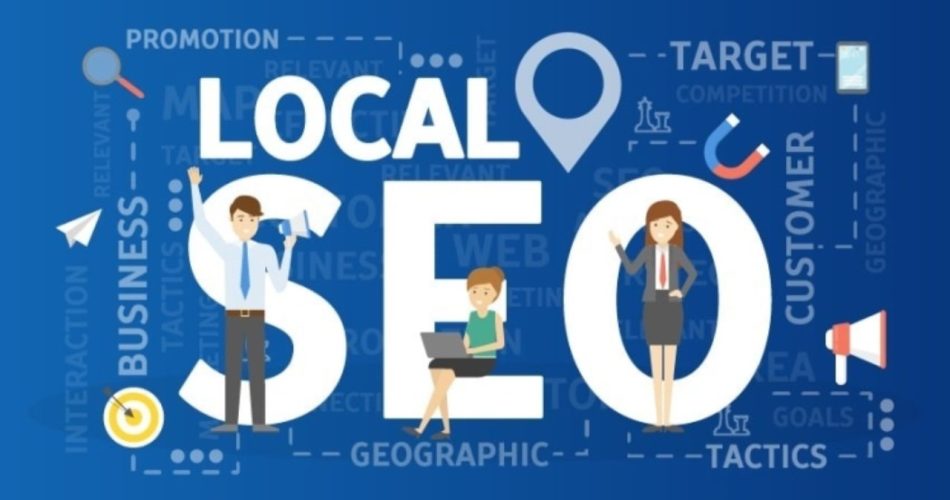Some advice on what to do when looking to push things on Google locally.
- First and first, write for your customers, then for Google.
Include local identifiers that are relevant to what clients are looking for. It doesn’t matter if it’s a neighbourhood or a county. Create dedicated pages for the most frequently asked questions from your consumers. This eliminates the need to repeatedly answer these questions. Determine your distinct selling points (USPs). If you’re not sure what they are, ask your consumers to assist you figure it out.
- Disputing One False Review Is Equivalent to Disputing Ten Positive Reviews
Disputing false reviews pays dividends. Ratings are harmed by fake reviews, and income has been shown to suffer as a result. The purpose is not to remove legitimately bad reviews. Purchased reviews are not as good as earned reviews. Silencing legitimate consumers is neither good nor legal. That isn’t the point of this discussion.
Vendors, business owners, existing workers, untrustworthy consumers, and 3rd party, and review clusters are the most common sources of bogus reviews. Fake reviews may be disputed on the mobile app rather than on a PC. Having evidence that the reviews are false increases the chances of them being deleted by 380 times. It’s preferable to work with a company like us to help you through the process of getting good reviews the right way.
- We only do business with people we know, like, and trust.
Instead of a stranger, use LinkedIn as a trustworthy source. The comments, not the content, are where relationships are formed.
To acquire a user’s trust and establish possibilities to collaborate with and sell to them, it takes 7 hours and 11 separate encounters in 4 different venues.
Use LinkedIn to promote short-form content that people easily find. Then, produce long-form material with some type of interactivity (course, webinar, etc.). Then, to keep users coming back to you, build a community of trust. Make sure you have a personal profile rather than just a business page. Make a captivating personal headline that highlights who you are and what you do.
Role + Expertise + Value is a good combination for a personal headline.
- Poor Outcomes from Content Without Data
Create content based on customer goals by collecting data, cleaning it, and then producing subjects from it.
Market your most profitable products. During your onboarding process, make sure to ask your clients what their greatest money makers are.
Google has a hard time deciding what to show, which is why it’s critical to make your content’s purpose clearly apparent.
The search patterns from Google SERP auto-suggest and Google Trends are vastly different. Trends is not individualised, however Auto-suggest is.
5. The Vicinity Update Has Made Proximity Much More Important
The closer you are near a company listing, the better. Because of the variation in the map packs, the proximity improvement has allowed a lot more company listings to rank.
Keywords that were not associated with a specific region were the most affected.
It’s not as simple as it used to be to include keywords in your company name. As a technique, avoid keyword stuffing. Google is seeking to strike a balance between spammy companies and genuine companies.
The following are the most important actions to take as a result of the local update:
• Concentrate on explicit terms.
• Increase the amount of real estate available.
• Retarget with advertisements in places where you’ve lost ranking or traction.
• To reduce the amount of harm, target a wider range of keywords.
For any more help and advice with anything to do with local SEO and national SEO, then please get in touch https://www.rsdigital.co.uk/contact-us/




